This Week in History recalls memorable and decisive events and personalities of the past.
27th November 1809 – The Berners Street hoax is perpetrated by Theodore Hook in the City of Westminster, London
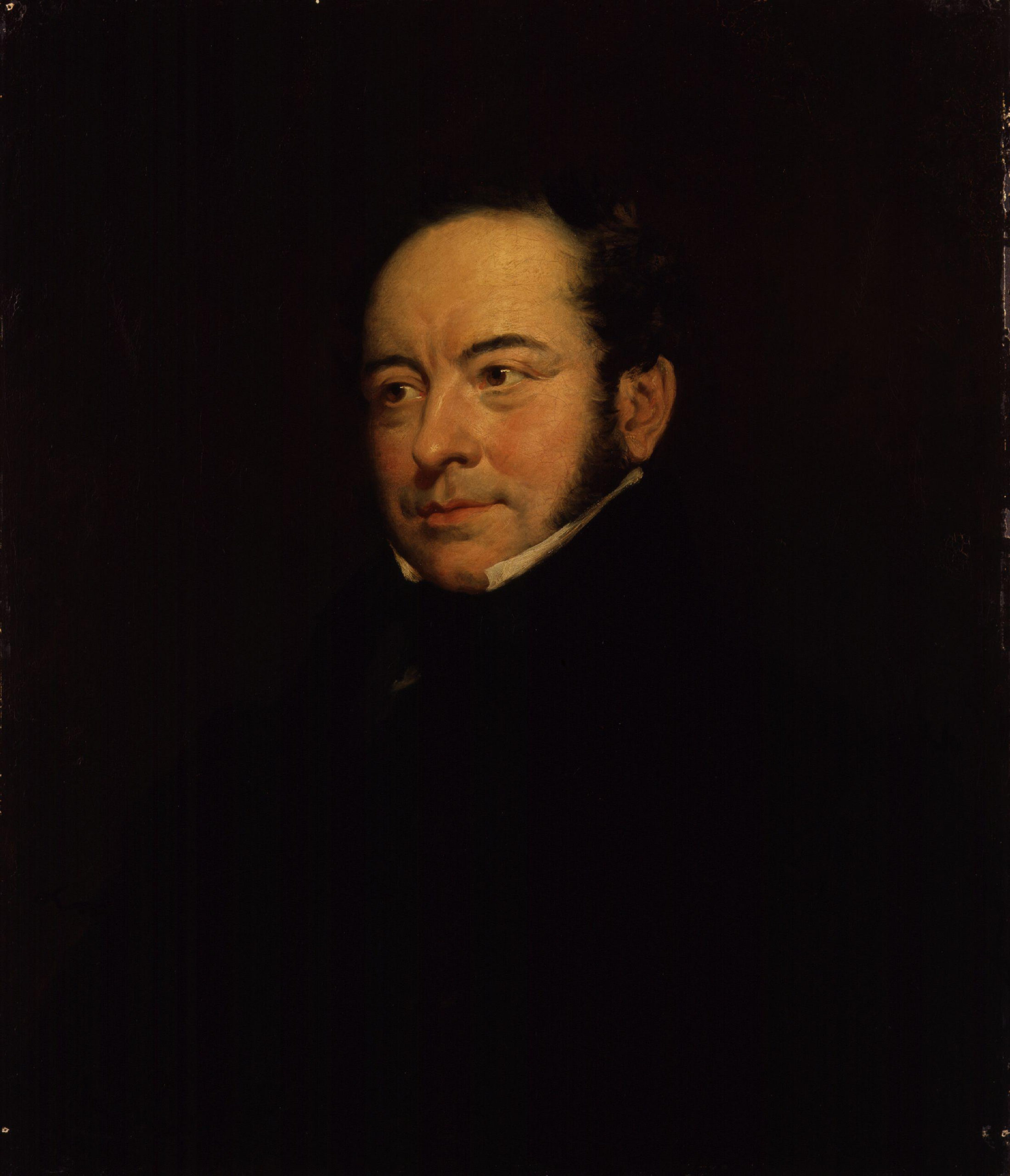
In 1809, an English author by the name of Theodore Hook, who would later send and receive the world’s first postcard, made a bet with his friend Samuel Beazley, a writer and architect.
Hook was well known as a practical joker and, in a discussion with Beazley one day, he boasted that he would be able to ‘transform any house in London into the most talked-about address in a week’. Beazley bet him that this would be impossible and so Hook set to work writing letters.
Mrs Tottenham, a wealthy widow, was chosen as the hapless victim whose address would become the most talked-about in the capital. Mrs. Tottenham lived at 54 Berners Street, in a fairly well-off part of London’s west end.
On 27 November 1809, Hook invited Beazley to an address across the road from 54 Berners Street to observe his cunning plan unfold. It began in the morning with the arrival of a chimney sweep, who arrived at Mrs Tottenham’s front door and told the staff his services had been requested.
The staff informed the sweep that they had requested no such thing and asked him to leave. The situation became more confusing when another 12 chimney sweeps arrived, also claiming to have been requested by 54 Berners Street. While the staff and sweeps argued over who had called them to the house, several large cartloads of coal began to arrive at the house, announcing they had come to deliver the coal Mrs Tottenham had ordered.
Soon after, other delivery men arrived bearing quantities of furniture for Mrs Tottenham. They were soon joined by a company delivering a coffin. There was more; next came an assortment of bakers, there to deliver a huge number of custom-made wedding cakes allegedly ordered by Mrs Tottenham, followed by chefs with a delivery of 2 500 raspberry tarts.
As the day progressed, several lawyers, doctors, dentists, fishmongers, grocers, priests (who had been informed that someone was dying in the house), couch makers, carpet makers, wig makers, specialised curiosity cleaners, opticians, beer brewers and shoemakers arrived in the street, all that reporting their services had been requested by Mrs Tottenham.
A dozen pianos also joined the chaotic swirl of delivery men and goods, and six men carrying a massive chamber organ.

Later in the day, a range of dignitaries also began to arrive at 54 Berners Street, having been summoned there under various false pretexts. Among these notables were the Governor of the bank of England, the Duke of York, the Archbishop of Canterbury, the Mayor of London, the Lord Chief Justice, several cabinet ministers and the chairman of the British East India Company.
By noon, the streets around Mrs Tottenham’s address were completely jammed with traffic in every direction, as not only was there a huge number of deliveries and visitors headed for the address, but also a growing number of spectators and confused, angry delivery people demanding payment for their goods.
Hook and Beazley sat watching this madness unfold from across the road and were greatly amused by the spectacle, with Beazley conceding the bet to Hook – and paying the agreed sum of a single pound coin.
Hook had managed to set up this prank by writing and posting around 4 000 letters over the previous week, each of them a request for an item or service, addressed to people all over the city of London. While it is unknown how he got most of the important dignitaries to show up at Mrs Tottenham’s house, it is known that in the letter to the Mayor of London he claimed that he was Mrs Tottenham and needed the Mayor to witness a deathbed deposition she was giving under oath.
After the mayor had been fooled by the prank, he reported it to the police and ordered them to the scene to calm the chaos, as he believed a riot was about to break out. Several fights already had.

Hook was not revealed as the orchestrator of the prank for many years; in the immediate aftermath, he pretended to be sick and left London so as to keep a low profile for the next few weeks. Though a reward was offered for the capture of the prankster, Hook was not unmasked until, years later, he confessed. But he was never punished for what has been called ‘The Greatest Prank of the 19th century’.
30th November 1939 – Winter War: Soviet forces cross the Finnish border in several places and bomb Helsinki and several other Finnish cities, starting the war
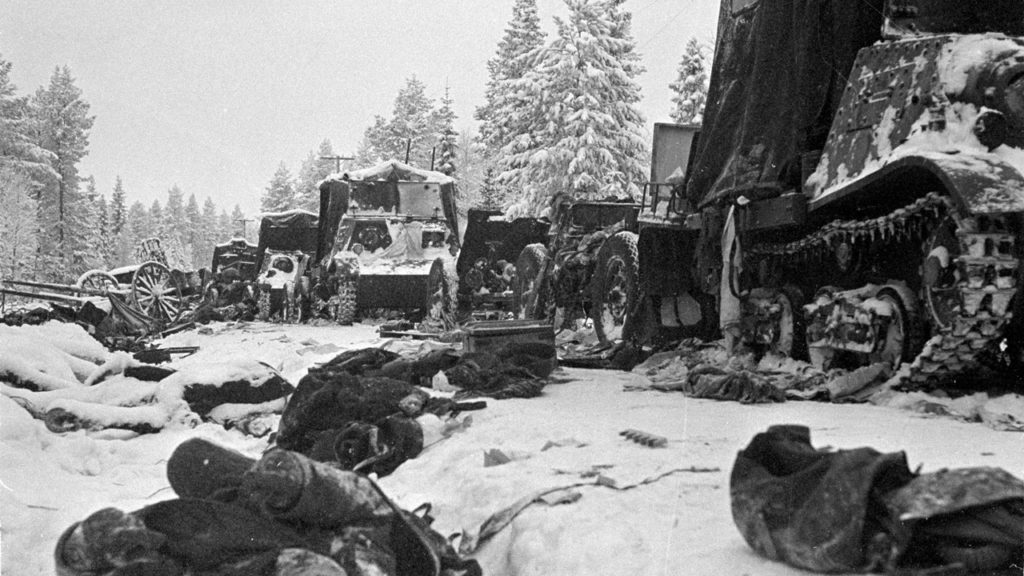
After the singing of the Molotov-Ribbentrop pact between Nazi Germany and Soviet Russia, Moscow and Berlin agreed to divide Eastern Europe between them, with the Soviets being given a free hand in Estonia, Latvia, eastern Poland, Finland and the eastern Balkans and Germany taking western Poland, Lithuania, Slovakia, Hungary and the western Balkans.
In September 1939, the Germans invaded Poland and began the Second World War. Soon after occupying eastern Poland and the Baltic nations of Latvia, Estonia and Lithuania, the Soviets turned towards Finland.
Freed from the fear of German support for Finland – as well as British and French support, as these nations were now at war with Germany – the Soviets began to make demands of Finland similar to those that had been made of the Baltic countries before they were occupied. The Soviets demanded that the border between the USSR and Finland be moved westward, that all fortifications on the isthmus north of Leningrad be destroyed and that the Finns hand over islands in the Gulf of Finland as well as lease the Soviets the Hanko Peninsula for 30 years for the construction of a military base.
The Finns rejected these demands and began mobilising. On 26 November 1939, Moscow claimed Soviet troops had been shelled by unknown artillery units. In reality, they had been attacked by other Soviet troops pretending to be Finnish artillery. The Soviet government accused Finland of attacking them and began mobilising for war.
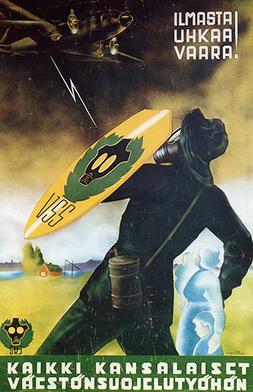
Four days later, on 30 November, the Soviet army launched an invasion and began bombing Finnish cities.
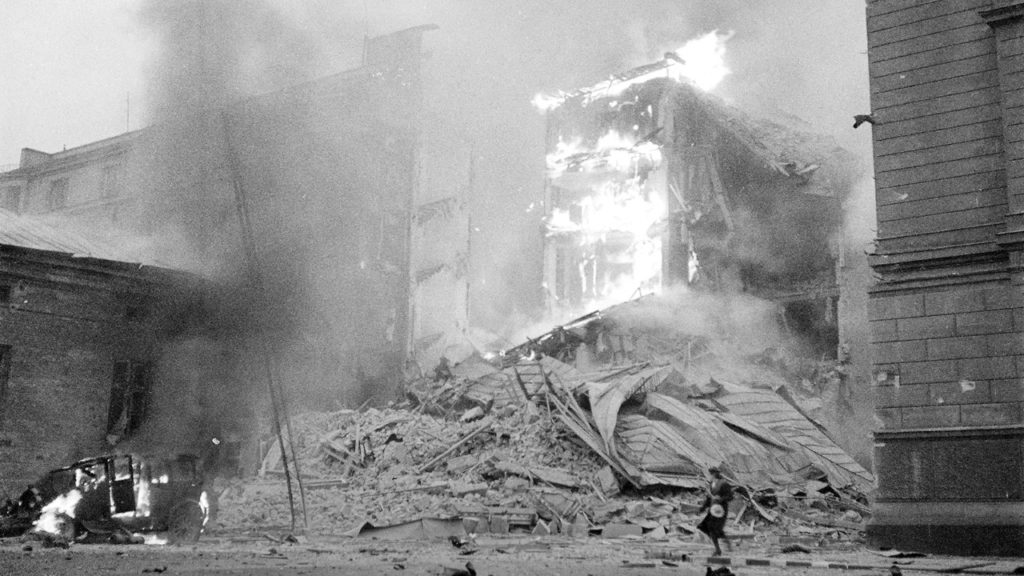
Over the next three months, the Finnish and Soviet armies battled fiercely in icy winter conditions.
The Soviets, vastly superior in troops and equipment, expected an easy victory, but the poor quality of the Soviet army after Stalin’s brutal purges of the 1930s – combined with difficult terrain, poor tactics and stout Finnish resistance – resulted in huge Soviet casualties. While the Finns were outnumbered 2 to 1 in men and had only 32 tanks to match their enemy’s 6 000+ and only 114 aircraft against the Soviets’ 3 880, the Finns inflicted 350 000 casualties on the invading forces for a loss of 70 000 of their own.
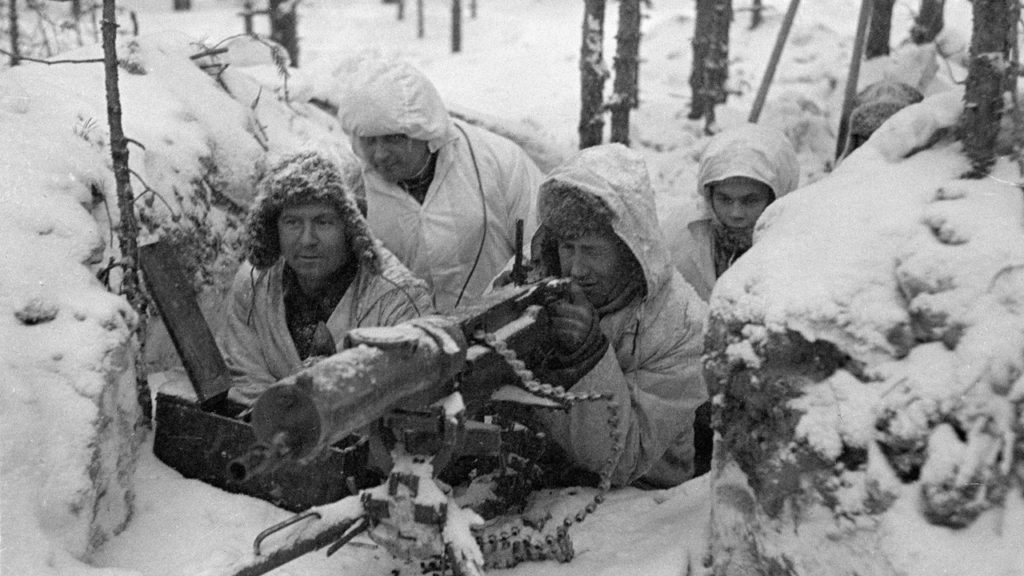
In the end, the massive size of the Soviet army, and the lack of ammunition and supplies for the Finnish army, forced Finland to surrender on 13 March 1940.
So effective had been Finnish resistance that Stalin decided against trying to destroy Finland completely and only enforced the demands the Soviets had made at the beginning of the war.
The poor performance of the Soviet army during the war with Finland helped to convince the Germans and Hitler that the Soviet army was weak and would be unable to resist a German attack. As Hitler would later say: ‘We need only kick in the door and the whole rotten structure will collapse.’ This overconfidence in the German forces would be a significant contributor to the massive mistakes the Germans would make in their invasion of the Soviet Union in June 1941.
3rd December 1971 – Indo-Pakistani War: Pakistan launches a pre-emptive strike against India and a full-scale war begins
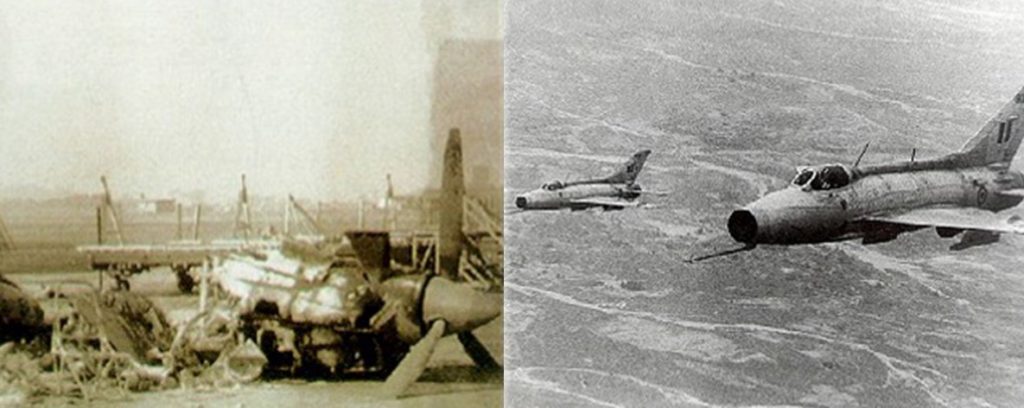
The story of the Indo-Pakistan War of 1971 begins in 1947 with the partition of India. Seeking to reduce the scope of potential religious conflict between Muslims and Hindus when it granted Indian independence, Britain agreed to the partition proposal put forward by much of the Islamic elite, which feared being reduced to a minority within a Hindu nation.
This proposal called for the splitting of British India into two countries, a Muslim-dominated Pakistan, and a Hindu-dominated India. However, as with all partitions crafted on ethnic and religious lines, the split was messy and there was no easy border between Muslim and Hindu areas.
This resulted in the land being given to Pakistan being split into two regions, separated by India. West Pakistan centred around the Indus River and the Punjab region bordered by Afghanistan and Iran in the West and India in the east, and East Pakistan in the region of Bengal entirely surrounded by India but with a population of more than 100 million.
From the earliest years, West Pakistan dominated the country, monopolising government jobs and resources and paying little attention to the demands of East Pakistan. As a result, in March 1971, tensions between East and West finally bubbled over and East Pakistanis – now calling themselves Bangladeshis – launched a revolt against Pakistan.
As the war dragged on through the year, India’s government (long hostile to Pakistan over territorial disputes in Kashmir) grew alarmed by the number of refugees fleeing from Bangladesh. Due to the brutal tactics of Pakistan and their Islamist allies in Bangladesh, hundreds of thousands of civilians were slaughtered and around 300 000 women and girls became victims of a campaign of systematic rape carried out to subdue the population. Bangladesh’s Hindu minority was particularly targeted by Pakistani allies.
The number of refugees fleeing into India was now approaching 8 million and India’s government feared that it would be forced to deal with the cost, which would likely be crippling. India came to view war as cheaper and more likely to resolve the conflict. The Soviets supported India and promised to block any attempts at halting the conflict by foreign powers. So, towards the end of the year, with India preparing for war and Islamabad fearing the huge build-up of Indian forces on the border, Pakistan launched a pre-emptive strike on 3 December 1971, seeking to knock out the Indian Air Force before it could be brought into action.
Pakistani attacks were beaten back and the massive Indian army counter-attacked in both East and West Pakistan. In the east, they quickly linked up with Bangladeshi forces and crushed Pakistani troops.
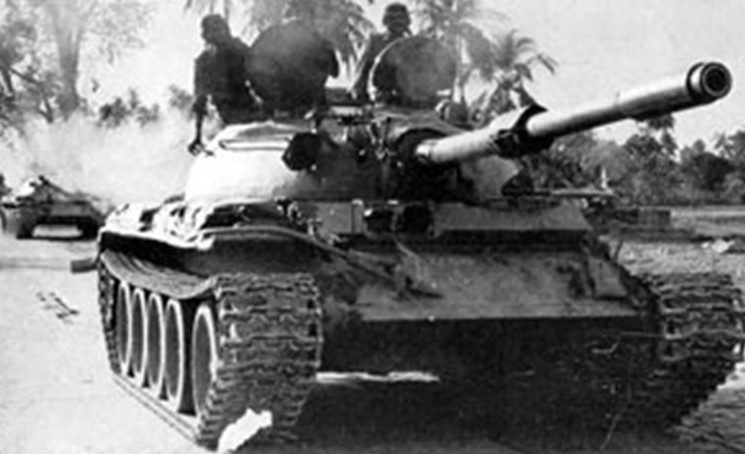
By 16 December, the war was over, with Pakistan struggling to hold back India’s army in the west and surrendering in Bangladesh. In total India lost around 3 300 troops killed and Pakistan lost 9 000 killed and 93 000 captured.

Bangladesh became an independent country after this and Pakistan lost close to half of its population, and suffered the destruction of around one third of its army. From this moment, the modern-day disparity between Pakistan and India has only grown, with Pakistan being forced to ally with Islamist groups such as the Taliban and with the People’s Republic of China to protect itself from its more powerful neighbour.
India continues to maintain fairly good relations with Bangladesh; the two countries settled a long series of border disputes peacefully in 2016.
If you like what you have just read, support the Daily Friend

